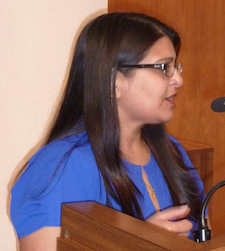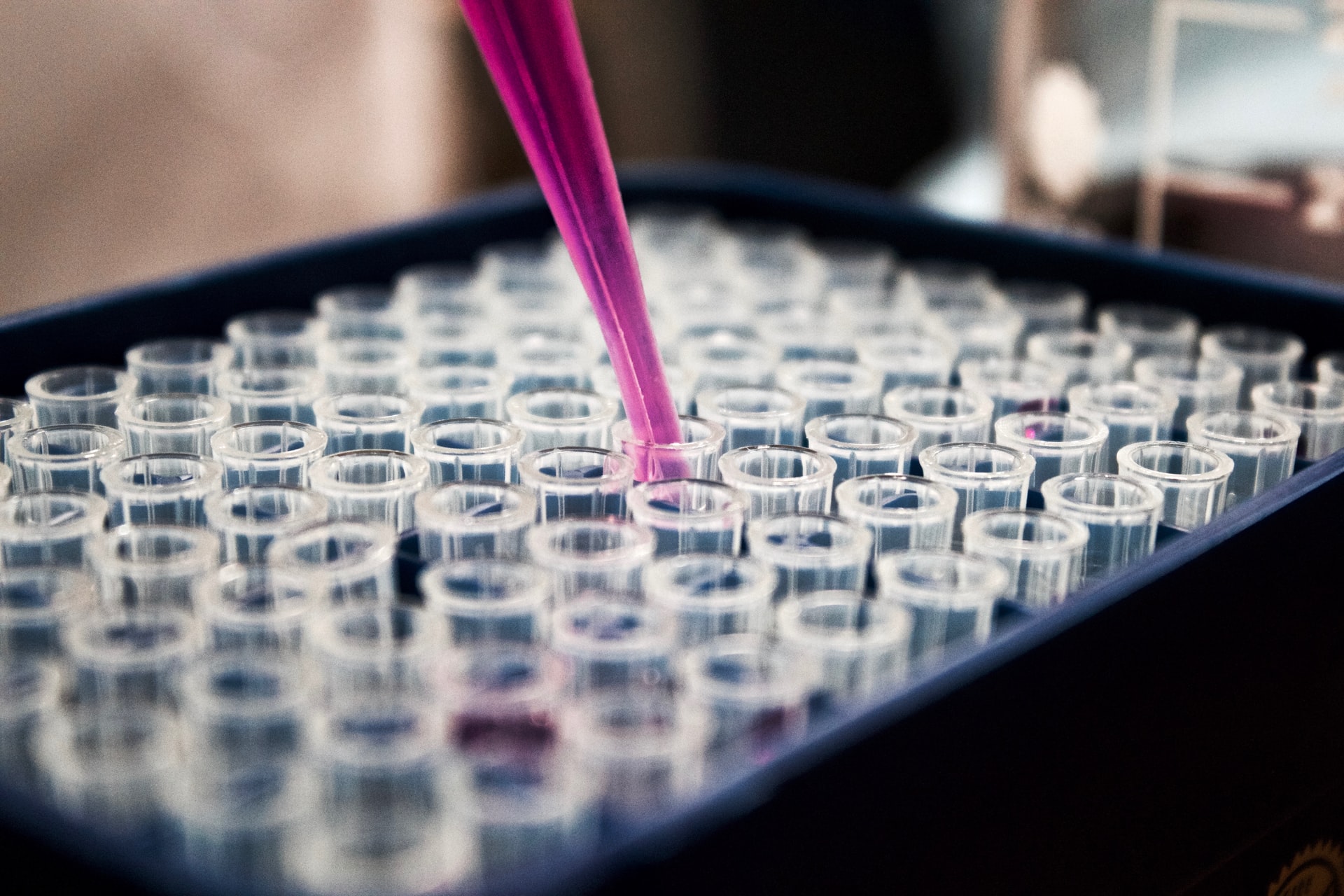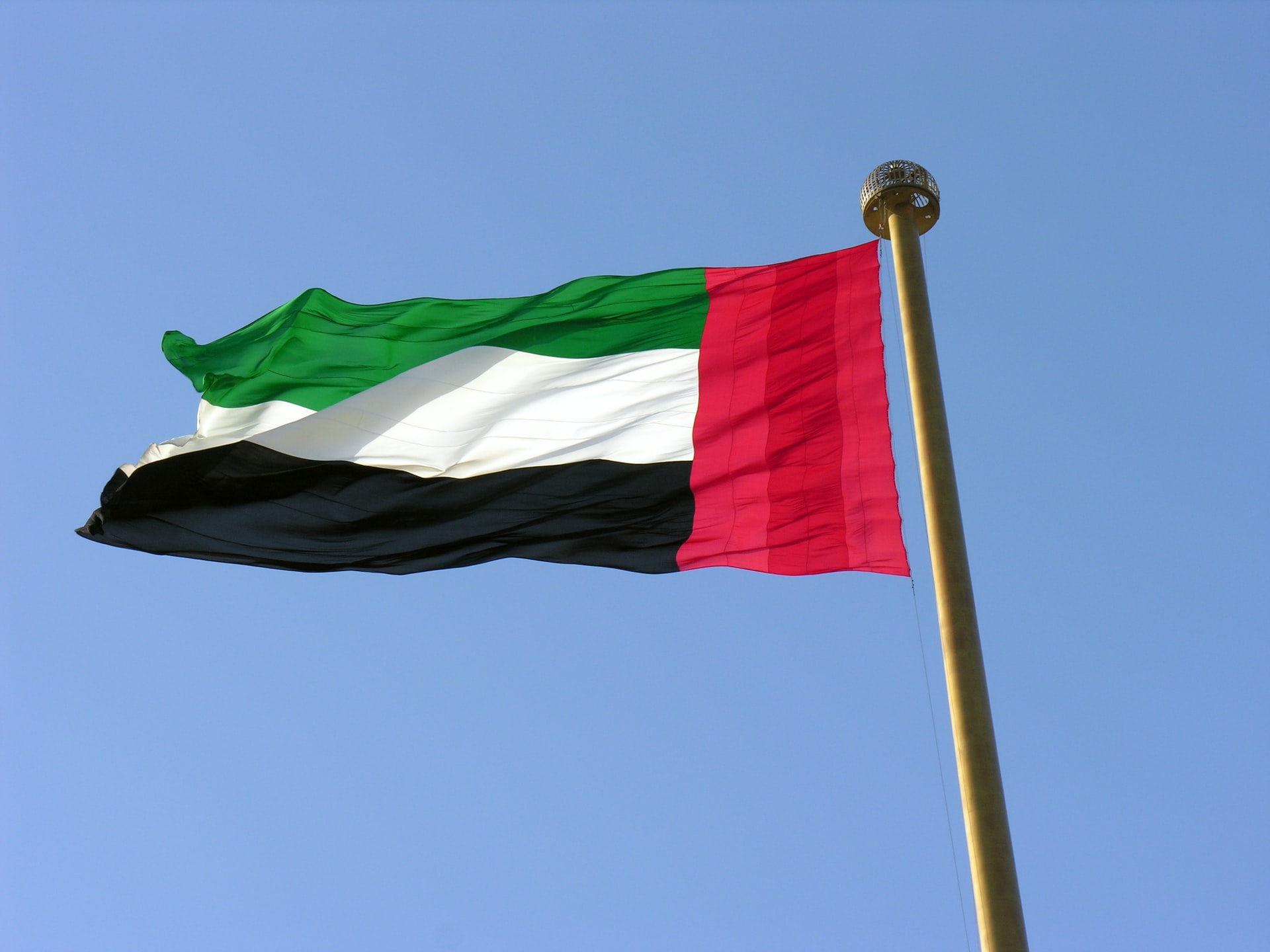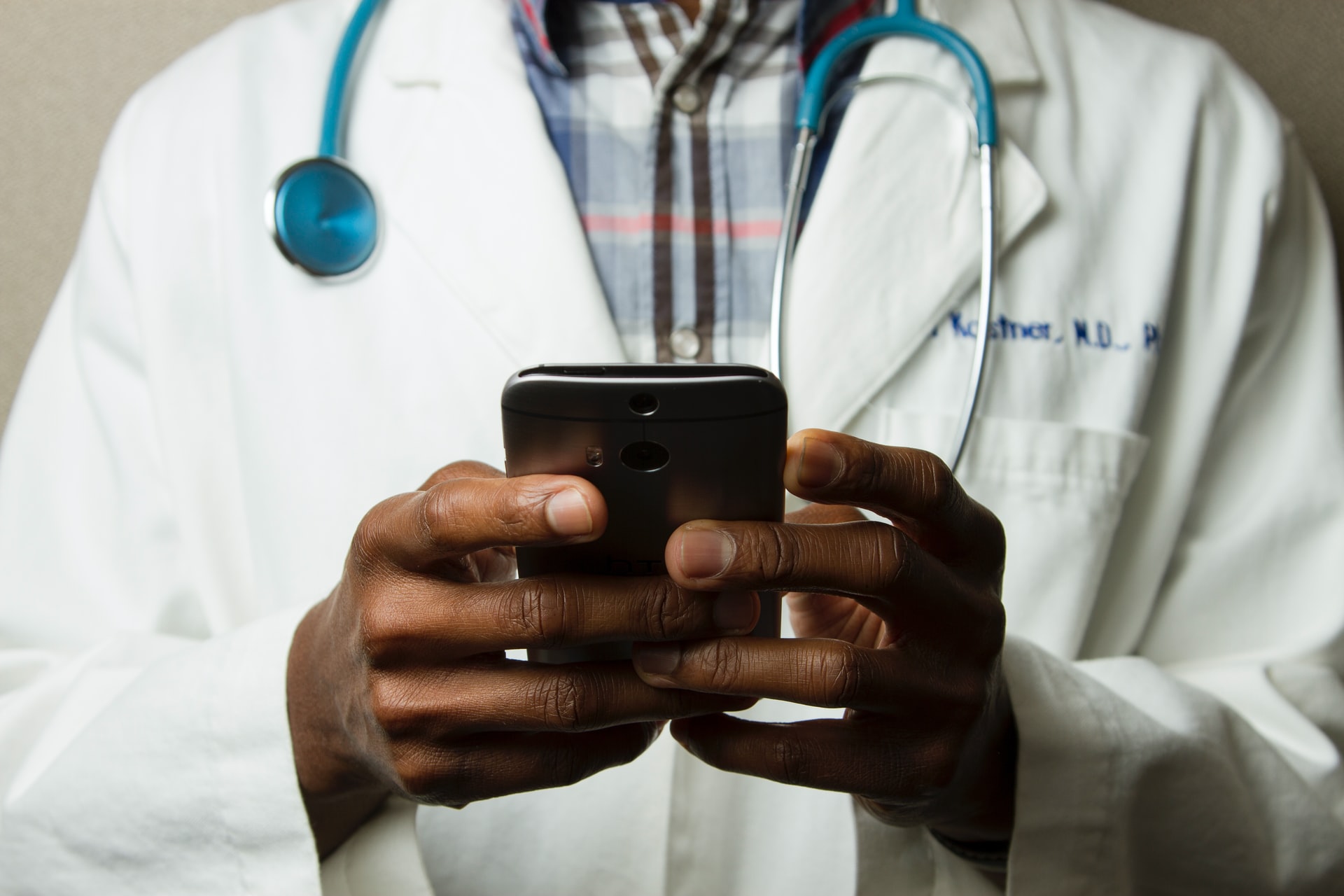From the distribution of COVID-19 vaccines to personnel overseas, to tracking the air quality at U.S. embassies and consulates, the State Department is looking to make data-driven decisions in all aspects of its mission.
To prioritize that focus under its recent Enterprise Data Strategy, the department last month recognized five winners of its first annual Data for Diplomacy Awards.

Dr. Molini Patel, with the department’s Bureau of Medical Services, won one of this year’s individual awards for her work using data to track COVID-19 infections among the department’s workforce and flagging hotspots that faced the greatest need for vaccines once they became available.
The award also recognized Patel’s work tracking air quality data at 80 U.S. diplomatic posts around the world.
The department, in a press release announcing the winners, said Patel
“completely revolutionized MED’s ability to gather data and mold it into products that are easily understood and used by policymakers both within the bureau and the Department at large.”
Patel said in a recent interview that the Bureau of Medical Services, prior to the pandemic, focused mainly on providing patient care to individuals, and not collecting big data and using it for decision-making.
“We don’t have a culture necessarily of producing big data for decision-making, but we needed that during the COVID pandemic,”
Patel said on the latest episode of All About Data.
The Bureau of Medical Services has nearly 300 health units at diplomatic posts. In the early days of the pandemic, a task force within the bureau established a system for collecting information on department personnel who were infected with COVID.
“At the beginning, there was a very crude system where overseas health units were calling into our task force that we established within a few days, and we were just tracking those cases on an Excel sheet,”
Patel said.
Within a few days, Patel said the bureau sent its first report to the department leadership on how many personnel were sick with COVID, which helped leadership make decisions on mission operations.
Patel said that the bureau, at the same time, began developing a more structured data reporting system and collection system.
As the pandemic evolved, the bureau used its data to understand where the department’s COVID hotspots were and where to send a limited supply of vaccines.
“We tried to gather as much information about how COVID was impacting individual locations, be it COVID cases among our own personnel, be it COVID cases in the general population. Hospitals, death data, whatever many science-driven metrics were available, inform that decision into where we were going to send those vaccines,”
Patel said.
The department also recognized Patel for her work using data to air pollution at posts overseas – the mission that originally brought her to work at the agency.
For some context on air pollution abroad, about 80% of 300 State Department posts abroad have annual air particle levels above U.S. health standards.
“We know that it’s a widespread problem, but not all of those locations with high air pollution levels have data on air quality,”
Patel said.
The department’s air monitoring program office created a smartphone app, ZephAir. Patel and her team have laid the groundwork for supplying the data that powers the app.
The app displays air quality metrics for the department’s own air monitors, but also displays data from several local governments that have formed partnerships with the state department.
“If it’s good air quality, and it’s a great day to be outside, that’s what the health messaging will say – ‘It’s a great day to be outside, take advantage of this great day.’ At higher pollution levels, for example, if it’s unhealthy, the app will display a message saying. ‘Take it easy, reduce your time and intensity of outdoor activity.’ At the worst air quality, hazardous health messaging will say to consider moving indoors,”
Patel said.
The app also can be programmed to send a person an alert, based on a location’s air quality, or if they have a heart, lung or other medical condition that makes them more susceptible to air pollution.
“There are a lot of air quality apps out there run by commercial entities, but they don’t use the Environmental Protection Agency’s air quality index. We have a partnership with the EPA. We obviously believe in what they’re doing, in terms of using, communicating the right science-based metrics, and so we wanted to communicate air quality using that air quality index. The only way to do that was to create our own app,”
Patel said.
Patel said that air pollution typically follows season trends, and the department can use that knowledge to help advise personnel on air quality.
“We can put out communications to our personnel directly, on here’s when air pollution is expected to be bad. We want you to be prepared ahead of time, make sure you have your air room air cleaners with new filters, make sure that you have access to timely air quality data so that you can plan out your outdoor activities,”
she said.
In most locations, Patel said air pollution is tied to seasonal trends, such as weather or local practices like agricultural burning.
“We understand in many places what the cycle of air pollution will be, what months we’ll have really high air pollution, what months will be low air pollution,”
Patel said.
Patel said the department started its air monitoring program in Beijing around the 2008 Summer Olympics. The program soon spread to other posts and China, then continued into facilities in India.
From there, Patel said there was a wide department-wide departmental effort to offer air monitored installation at overseas posts. The department currently has about 80 posts that have their own air monitors.
Source:






Comments